We always think of perennials and annuals when it comes to supporting bees and other pollinators. But trees and shrubs have a role to play, too.
Thanks to the good work at the Horticultural Research Institute and the University of Kentucky College of Agriculture, we now have nine trees and shrubs that have a “very heavy” or four-star, bee-visitation rate in the Ohio Valley Region. Here are the woody plants bees love.
Flowering crabapple (Malus spp.)
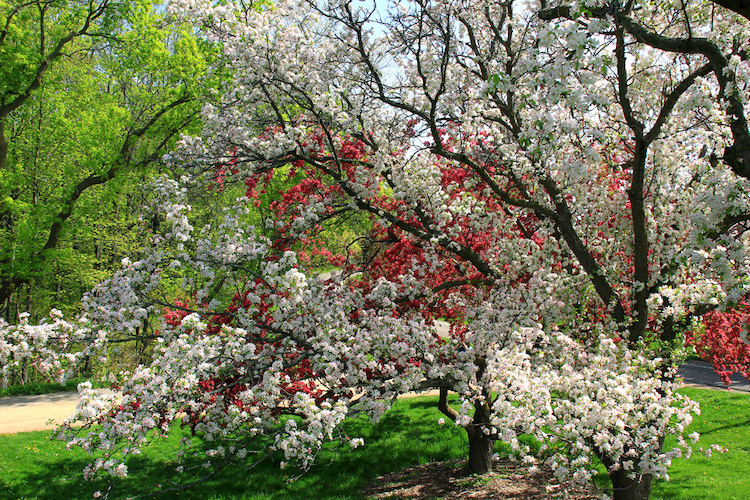
Not only do these trees attract and support bees, the fruit feeds the birds and other wildlife. Crabapples come in about every shape and size, from small trees with rounded forms to those shaped like an umbrella. Crabs are native to the U.S. and Asia.
The flowers are white, pink, dark pink, variegated. The fruit is red, pink, purple and yellow. Yes, yellow. Bees visit crabapples in March and April.
Eastern redbud (Cercis canadensis)

This native tree was my mom’s favorite spring tree. She loved the way the flowers pop along the branch, seemingly out of nowhere. Redbuds grow in full sun or part shade. After the flowers, seedpods form that look like peas to reveal its family connection. Bees visit redbuds in April and May.
Winterberry holly (Ilex verticillata)
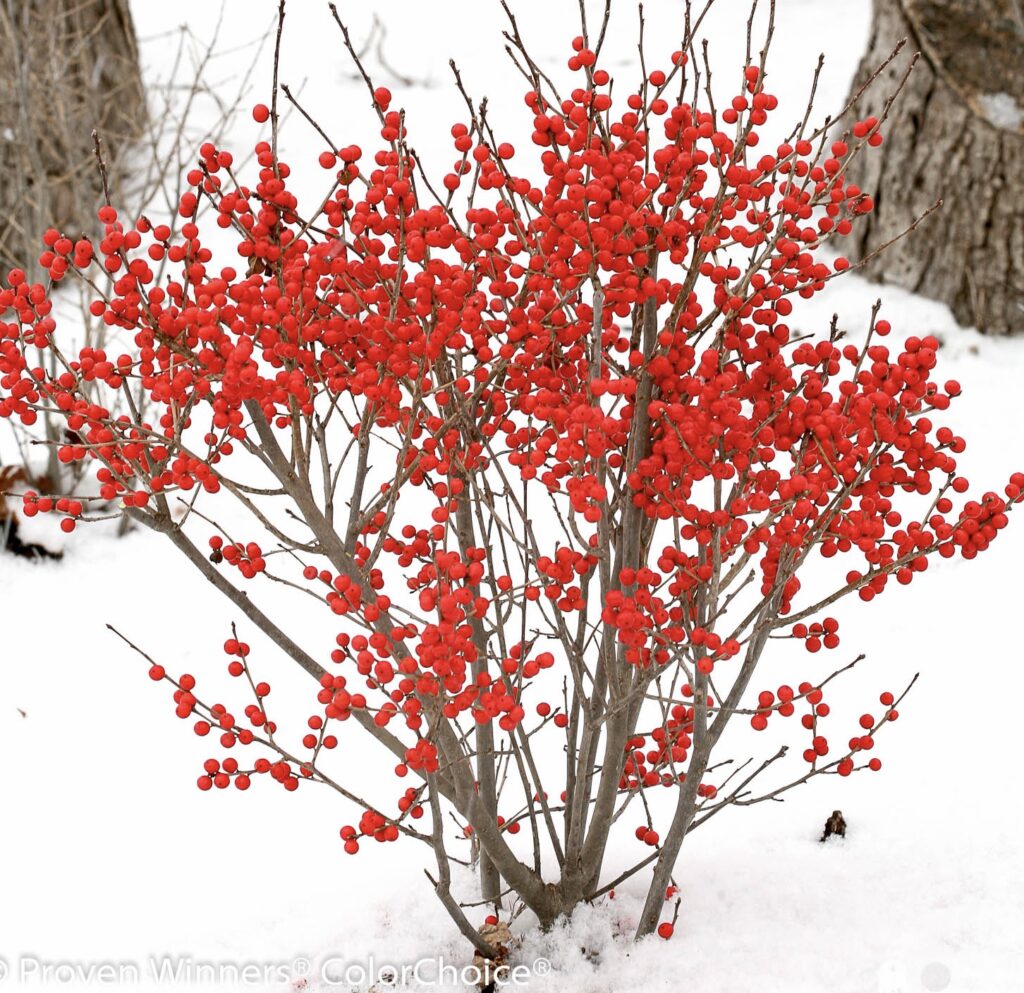
We have Indiana’s Simpson Nursery Company in Vincennes to thank for the popularity of our native winterberry holly. The nursery introduces and promotes winterberries selected from its breeding stock. These shrubs can go in sun to part shade, and they tolerate periodic wet to moist roots.
They bloom in spring, have green leaves in summer, red leaves in fall and red berries in winter. Birds and wildlife like the berries. Remember you need a male and female plant to get good berry production. Bees visit in June.
Golden raintree (Koelreuteria paniculata)
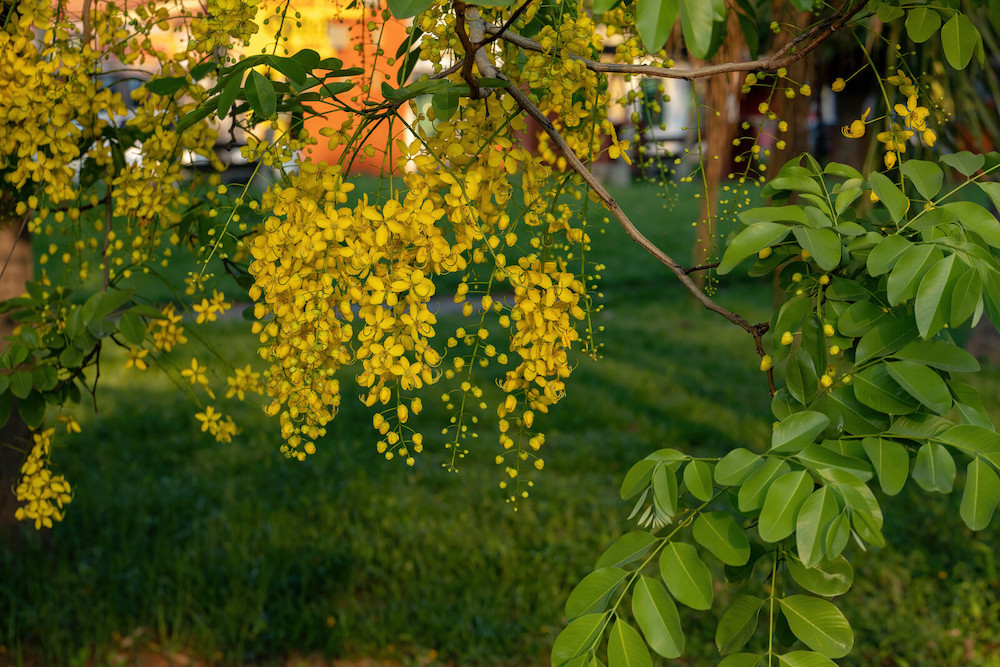
Yes, there’s an area in Indiana known as Raintree County, at least in fiction in the novel by Ross Lockridge Jr., and movie with Elizabeth Taylor and Montgomery Cliff.
Golden raintree, an Asian native tree, is considered drought tolerant. However, just like some people, this tree has one messy life. “I’ve grown (it) in my yard,” said Larry Caplan, owner of Caplan Tree and. Landscape Consulting and a retired Purdue Extension Educator. “Yes, they are messy and short-lived, but I can attest to the bees being attracted to the blooms.”
It drops flowers, leaves and seed pods throughout the season. It also is susceptible to storm damage. Maybe plant this is the “back 40” where the bees can visit, and the fallen debris can remain. Bees visit in June and July.
St. John’s wort (Hypericum frondosum)
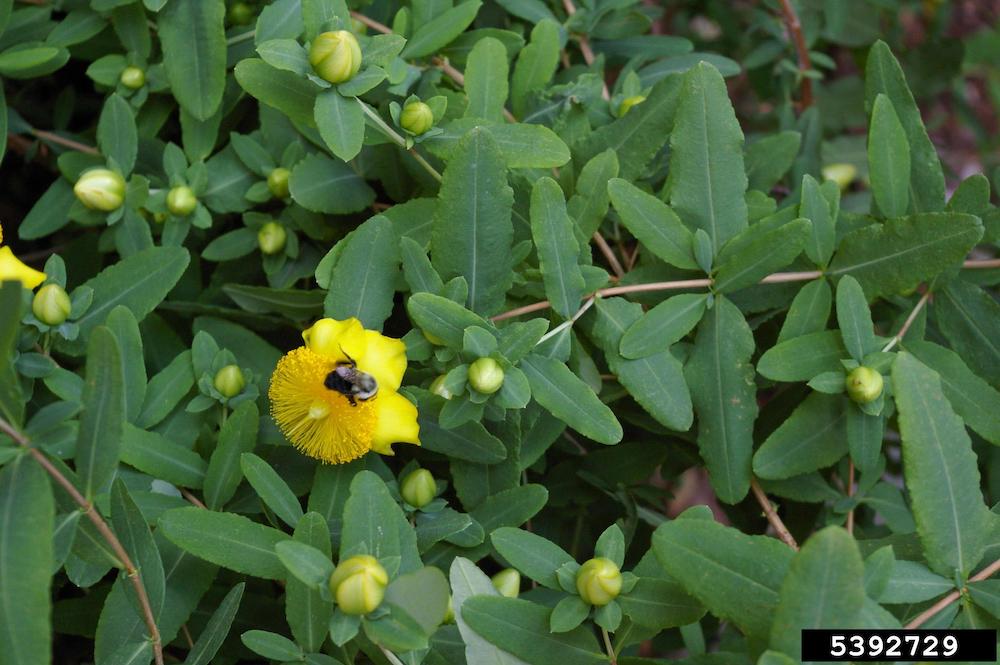
This native shrub with yellow flowers in summer has that great Hypericum blue-green foliage, which makes this a colorful plant for more than one season. Add to that Hypericum’s red-orange-golden fall foliage and you’ve got a winner for the landscape and the bees. Bees visit in June, July and August.
Panicle hydrangea (H. paniculata)

Although a nonnative hydrangea, this species is a magnet for bees, flies and other pollinator insects. When I worked in a garden center, Quick Fire hydrangea was so loaded with pollinators you could hear the buzzing as you walked by.
These sun-lovers have large panicle flowers in summer. The flower frequently turns pink as they age to develop a new color scheme for fall. Panicle hydrangeas bloom on new, or current season growth. Pruning usually isn’t necessary if planted to accommodate the plant’s mature size. Cut some flowers for indoor enjoyment or drying, though. Panicle hydrangeas can be grown as a shrub or pruned into a standard. Bees visit in June, July and August.
Bee bee tree (Tetradium danielli)

I’ve never heard of this tree, an import for Korea and southern China. Fragrant white flowers, sometimes kissed with yellow or pink in July and August. The leaves are fragrant, too. Considered a medium-size ornamental tree, grow in full sun, it also attracts birds. Bees visit this tree in July and August.
Winged sumac (Rhus copallinum)
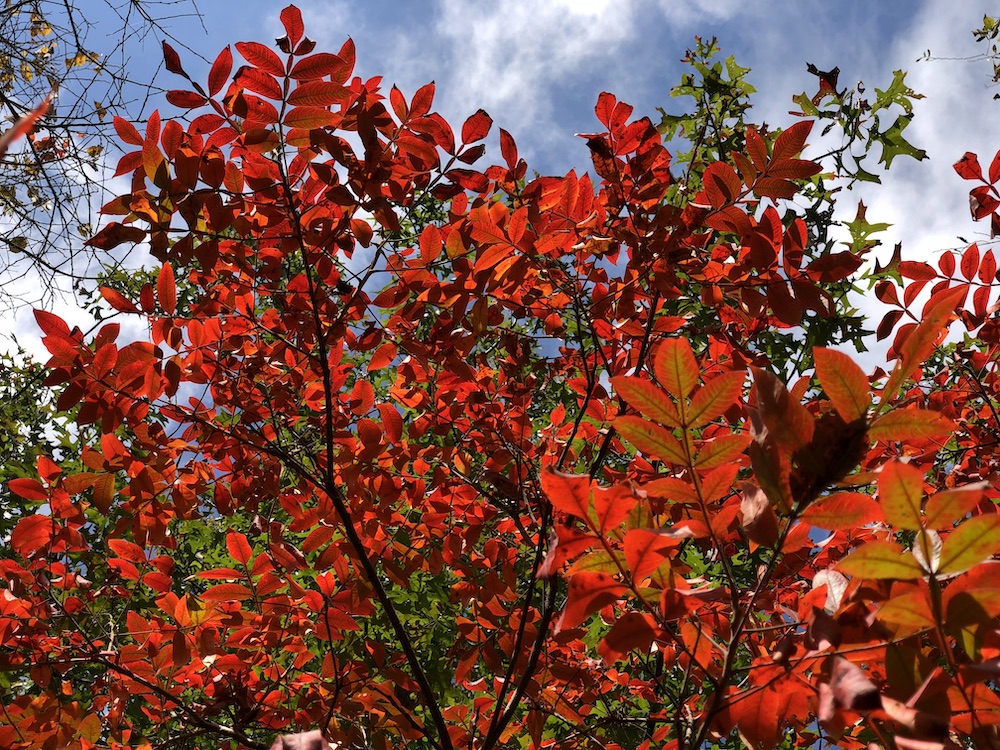
Also known as shiny sumac, this native shrub is no shrinking violet. Big and bold, this is probably not a front yard specimen. Select a sunny spot for this shrub to reach mature height, which may be 10 to 15 feet.
Winged sumac spreads by root suckers, where new plants shoot up from the roots as it moves underground. There are female and male flowers. Female flowers produce fruit, which attracts many wildlife. The leaves turn burning red in fall. Bees visit in June and July.
Seven-son flower (Heptacodium micinioides)
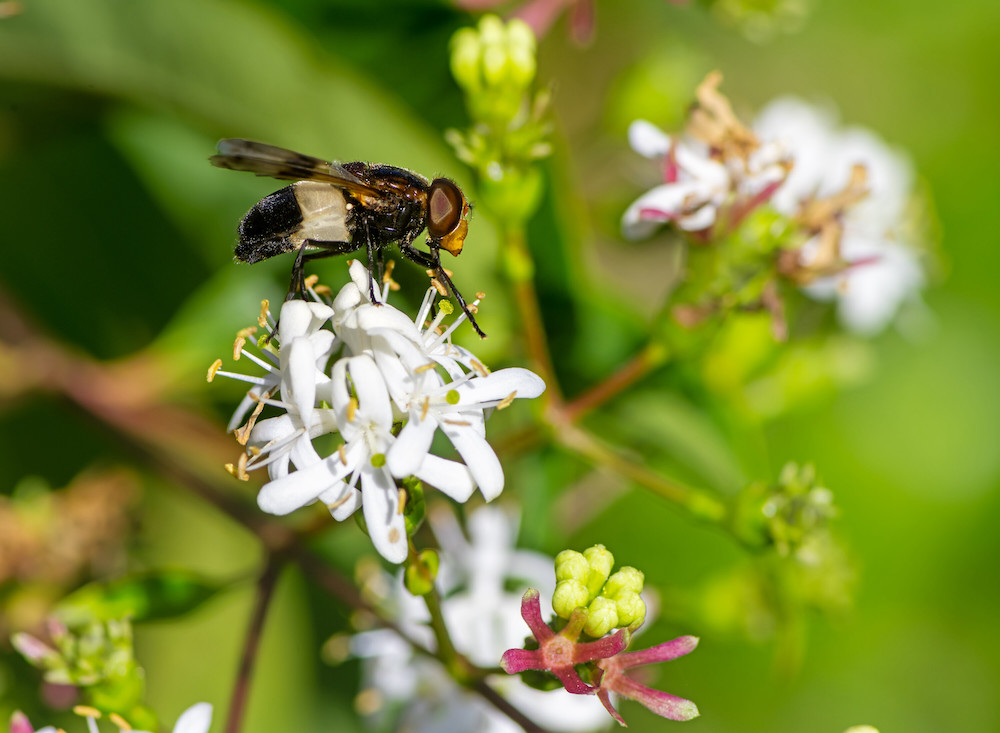
I remember the first time I saw seven-son flower. It was in a Pennsylvania garden during a tour for garden communicators. I had to ask what shrub that was in full, fragrant flowers in late summer,.
This shrub is from China, but does well in average, well-drained soil in full sun. It can also be grown as a tree. Heptacodium is Greek, meaning seven heads, according to the Missouri Botanical Garden. That refers to the seven flower clusters that make up the inflorescence (whole flower). Bees visit in August, September, October.
Plants Bees Like Best also lists !0 Great Trees & Shrubs for Honeybees; Ten Great Trees & Shrubs for Bumblebees; Trees & Shrubs That Attract Relatively Few Bees.